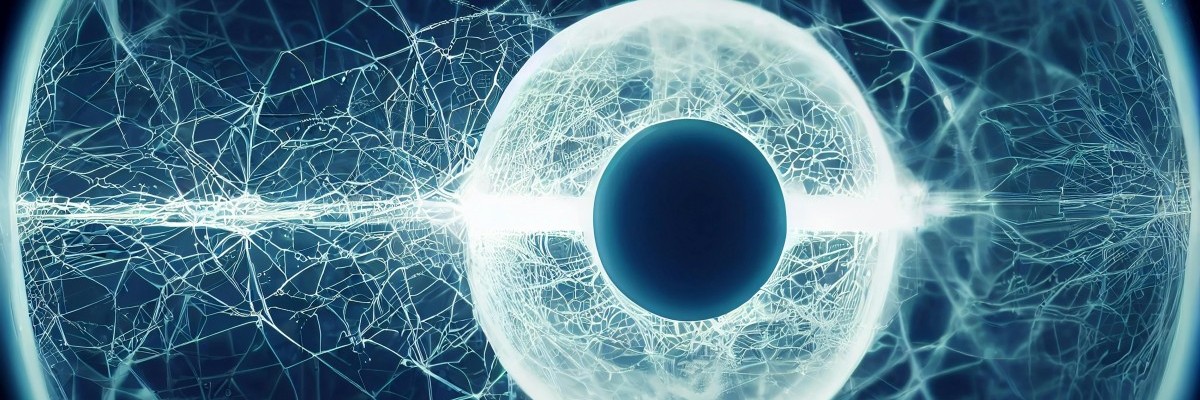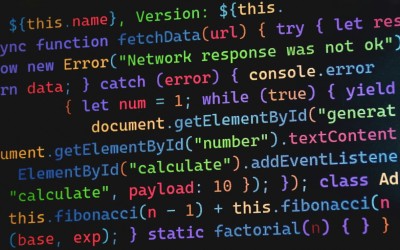In the realm of artificial intelligence, machines are rapidly progressing in their ability to understand, interpret, and interact with the world around them. This capability is fundamentally transforming industries, from healthcare to entertainment, and revolutionizing the way humans interact with technology. However, a crucial question arises: how do these AI systems perceive the world? More importantly, how does their perception differ from that of humans? In this exploration, we’ll delve into the intricacies of AI perception, the underlying technology, and the implications of these differences on society and industry.
To understand how AI "sees" the world, we must first dissect the mechanics of AI perception. At its core, AI perception is built upon complex algorithms and vast datasets. Unlike human perception, which relies on sensory input processed by the brain, AI uses data inputs processed by computational models. These models, often neural networks, are trained to recognize patterns, classify data, and make predictions.
Neural networks are at the heart of AI perception. These systems are inspired by the human brain and consist of layers of interconnected nodes, or "neurons." Each node processes input data, weighs its importance, and passes it to the next layer. Deep learning, a subset of machine learning, involves neural networks with many layers, enabling the system to recognize intricate patterns and relationships within the data.
For instance, in image recognition tasks, a deep learning model might first identify simple edges and shapes in the initial layers, then progressively recognize more complex structures, such as facial features or objects. This hierarchical processing mimics a rudimentary form of vision, allowing AI to "see" in a manner that is fundamentally different from human sight.
AI's ability to perceive is heavily reliant on data. Large datasets are used to train models, teaching them to recognize patterns and make decisions. This data-driven approach means that AI perception is limited by the quality and diversity of the data it is exposed to. Unlike humans, who can learn from a few examples and generalize from limited information, AI requires extensive datasets to achieve comparable levels of perception accuracy.
Moreover, AI systems lack the innate ability to understand context or nuance without explicit programming. While humans can intuitively grasp the subtleties of a scene or the emotions conveyed by a facial expression, AI must be explicitly trained to recognize these elements, often requiring supervised learning with labeled datasets.
The differences between AI and human perception are profound and multifaceted. These differences stem from the fundamental ways in which AI processes information and the limitations inherent in its design.
One of the most striking differences is the absence of subjectivity in AI perception. Humans perceive the world through a lens shaped by personal experiences, emotions, and cultural context. This subjectivity influences how we interpret information and make decisions. In contrast, AI systems lack this personal perspective. They process data objectively, based solely on the patterns and correlations present in the training data.
While this objectivity can be advantageous in certain scenarios, such as data analysis or diagnostics, it also means that AI can miss the subtleties and contextual factors that a human observer might consider vital. For example, an AI system might excel at identifying objects in an image but fail to understand the story or emotion conveyed by the scene.
Another limitation of AI perception is its struggle with context and common sense. Humans possess an inherent ability to understand context and draw on a vast reservoir of tacit knowledge to make sense of the world. This capability allows us to make intuitive leaps and understand things that are not explicitly stated.
AI, on the other hand, operates in a more literal and constrained manner. It relies on explicit data and predefined rules, making it challenging for AI to handle ambiguous or incomplete information. While advances in natural language processing and contextual understanding are improving AI's ability to grasp context, it still falls short of the nuanced understanding that humans possess.
The differences in perception between AI and humans have significant implications across various domains, influencing how AI is integrated into society and industry.
One of the primary benefits of AI perception is its ability to enhance human capabilities. In fields such as healthcare, AI systems are used to analyze medical images, detect anomalies, and assist in diagnosis. These systems can process vast amounts of data with greater speed and accuracy than humans, offering valuable support to medical professionals.
In the automotive industry, AI perception is foundational to the development of autonomous vehicles. These vehicles rely on sensors and AI systems to interpret their surroundings, navigate roads, and avoid obstacles. While AI's perception capabilities are not yet on par with human drivers, ongoing advancements promise to improve safety and efficiency in transportation.
Despite its potential, AI perception also raises ethical and societal concerns. The reliance on data-driven models means that AI systems can inadvertently perpetuate biases present in the training data. If the data contains biased or discriminatory patterns, the AI system may replicate these biases in its decision-making processes.
Furthermore, the inability of AI to understand context and nuance can lead to unintended consequences, particularly in sensitive applications such as law enforcement or hiring. Ensuring that AI systems are transparent, accountable, and free from bias is a critical challenge that requires ongoing attention and regulation.
As AI technology continues to evolve, so too will its perception capabilities. Researchers are exploring novel approaches to improve AI's understanding of context, emotion, and nuance. Techniques such as transfer learning, which allows AI to apply knowledge from one domain to another, and reinforcement learning, which enables systems to learn from interactions with their environment, are promising avenues for advancement.
Additionally, the integration of multimodal perception, where AI combines data from multiple sources such as images, audio, and text, holds the potential to create more sophisticated and holistic AI systems. These advancements could bridge the gap between human and AI perception, enabling machines to interact with the world in more human-like ways.
AI's ability to perceive the world is a testament to the remarkable progress in artificial intelligence, offering new possibilities and challenges. While AI sees the world differently than humans, understanding these differences is crucial for harnessing its potential and mitigating its risks. As we continue to develop and integrate AI systems into our lives, fostering a nuanced understanding of AI perception will be essential for creating a future where humans and machines coexist harmoniously and productively.




